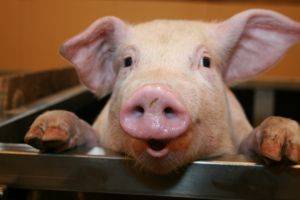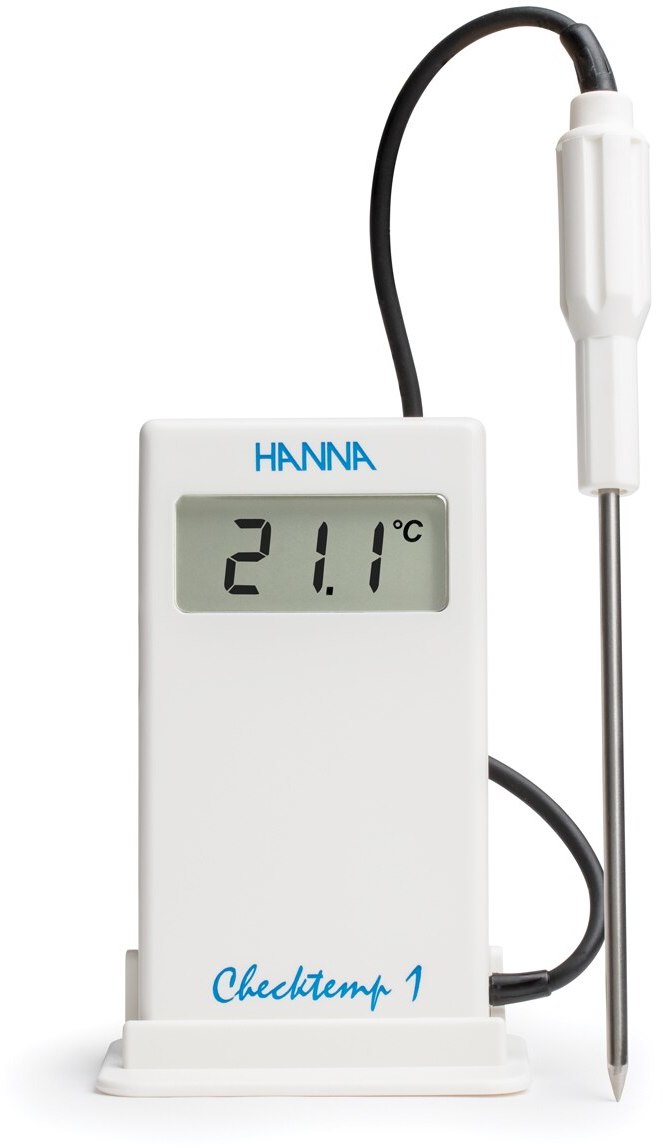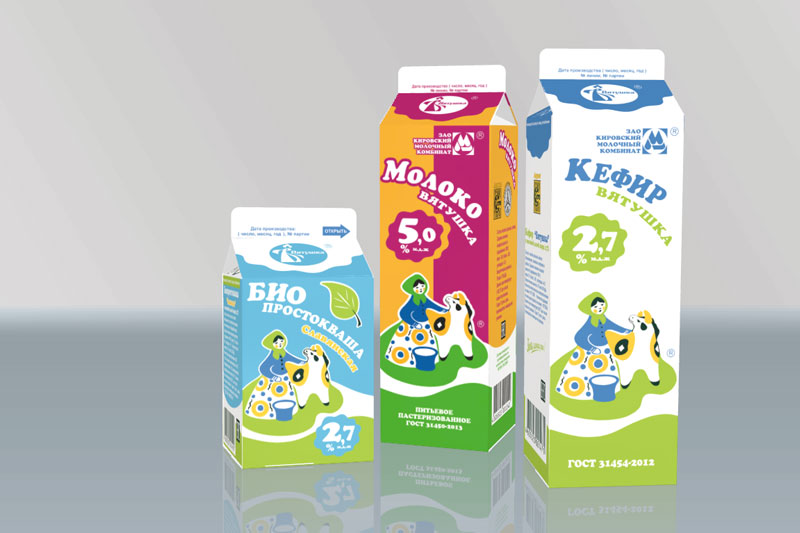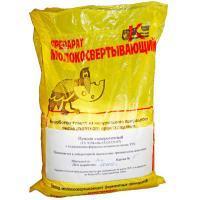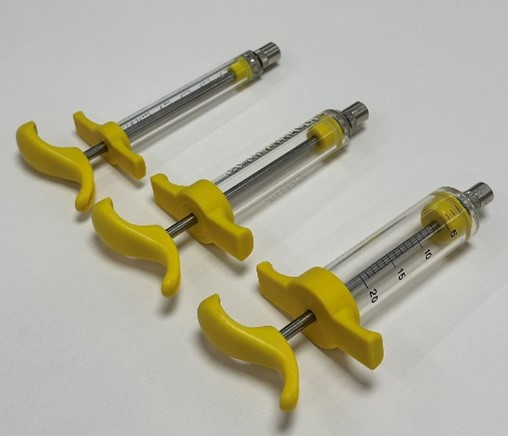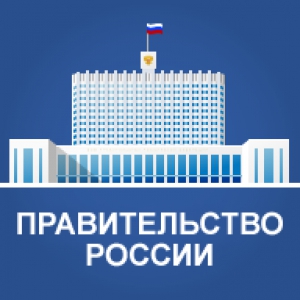Chicken prices are not taught. Does Russia have enough of its own meat?
Until June 1, the Government froze prices for SUGAR, until October 1 - for sunflower oil. Now it has decided to take up poultry MEAT, which has risen in price by almost 20% since the beginning of the year.
Exact figures are not yet known. According to the Ministry of Agriculture, by the end of 2021, a “purchase price corridor” will be established, taking into account seasonality. Would freezing help? AiF talked about this with the HEAD of the National Meat Association, Sergei Yushin.
Sergei Yushin: The cost price increased by 40%. A broiler is like a car, its price is made up of many details, and they all have risen in price: grain and feed - by 40-50%, packaging - by 40-60%, amino acids - by 50-150%. At the same time, production dropped. There was a 6.5% decline at the beginning of the year due to avian influenza and the industry has not fully recovered yet. Production is also slowed down by the fact that from 2015 to 2020, poultry prices did not grow, but costs increased, and many enterprises had financial difficulties by the beginning of this year. Part of the poultry farms stopped working. And now, not in all regions, the price covers the costs of producers. This threatens to close new factories.
In addition, enterprises lack almost 20,000 personnel. Working on the cutting line is not a resort: you are on your feet all day, the temperature in the workshop is only +6 °, you are wearing heavy clothes so as not to freeze, plus because of the covid, you always wear a mask. The average salary of workers in poultry farms in the regions is 30 thousand rubles. People leave our industry for a place where there is no dust and more income: delivery, security, construction. But if we sharply, by 2-3 times, increase the wages of workers, this will immediately affect the price of chicken.
“But prices have risen not only for chicken, but also for pork ... What went wrong here?”
- In September, the African swine fever (ASF) virus was detected in several pig farms. As a result, we lost 100,000 heads in a short period of time, and the supply was temporarily reduced. And that pushes prices up.
ASF is a serious problem, because of it, from 2008 to 2019, about 2 million pigs were destroyed in RUSSIA. And over the past year - more than 600 thousand, and by the end of the year this figure may increase. Plus, farms where this virus was found are forced to stop work for up to 12 months. Only because of ASF this year the market may lose 100-150 thousand tons of pork. And we had to produce 4.5 million tons.
It’s good that, unlike CHINA, we didn’t lose our pig breeding because of this - almost a third of the livestock died there in 2019, and prices increased by 2-3 times. Our pork production is growing every year. I hope that this year we will add more. But if earlier we counted on 6%, now we will be glad at least 2%.
Is freezing necessary?
— The government decided to “freeze” prices. Will help?
- If you resort to such methods constantly, it will lead to losses for agriculture and the entire economy. For agriculture, because investors will flee the industry, enterprises will close, unemployment will rise. Since agriculture consumes a huge amount of machinery, equipment, agrochemicals, there will be no economic growth. And consumers will face a shortage of products, the country will again sit down on an imported needle.
For example, in Argentina, year after year, they try to artificially restrain beef prices. As a result, farmers riot, slaughter cattle in protest, and 50% inflation. And next to Brazil, where nothing is regulated. Yes, there are also very poor people there, but at the same time the country's economy is growing, and investments in agriculture are huge. And there are support programs for those in need.
We, unfortunately, have many citizens with low incomes. The rise in prices hits them first of all. I think the best thing to do is to help them. And with artificial, administrative price cuts, we rather help wealthy people. They consume more and benefit more from low prices than the poor.
- How then to slow down prices?
“The most important thing is to increase production volumes. And pay attention to the situation with animal diseases. If all goes well, over the next weeks or months we will see a reversal and a slight decrease in the cost of pork and chicken. Although a lot will depend on the price of feed and everything else. Selling meat below cost will not work for a long time - we will simply go bankrupt.
Greedy and beef
- Do we provide ourselves with meat or do we bring something from abroad?
“We are fully self-sufficient in pork and chicken, not entirely in beef. We import it, this year we expect 350 thousand tons - 17% of the total consumption. But we sell abroad pork and chicken, for example, chicken feet. We ourselves do not eat them much, but in China it is a delicacy. If in Russia the wholesale price for paws is 20-30 rubles. per 1 kg, then the Chinese pay us 150 rubles for them. and more.
Why can't we feed ourselves beef? For the majority of the country's population, it has become an inaccessible product, despite the fact that in the USSR beef cost adequate money.
- In Soviet times, beef was artificially cheap. Meat on the bone cost 2 rubles. per 1 kg, and boiled sausage - 2.20. This is economic nonsense - boiled sausage should be much cheaper. As a result, we began to lose livestock - in 1990 there were 58 million head of cattle in the country, and now there are only 18 million. It's good that we managed to at least stop the rapid decline in the number of livestock.
Basically now we get beef from dairy cattle, which were slaughtered for meat. It is relatively inexpensive compared to specialized meat breeds, where the price per kg can be 1-2 thousand rubles. Recently, the share of such meat has been increasing - now it is already 20% of the total beef production. At the same time, the average price also increases.
In general, beef is an expensive meat all over the world. A chicken to a ready-made broiler can be grown in 40 days, a piglet to a commercial weight - for 170. In addition, a pig brings 12-13 piglets at a time. And the cow - only one calf, which she had previously nurtured for 9 months. To grow a bull for meat, you need at least another 1.5 years. This is a very costly business. Hence the cost.
In Russia, ordinary beef is still relatively cheap compared to many other countries. In the world market, prices for it have soared much more strongly, for example, in Brazil, cattle have risen in price by 100% in a year. This is because the Chinese have tasted beef. In Russia, beef consumption is 13 kg per person per year, while in China it is only 7 kg. If the Chinese begin to eat 10 kg a year, then where will the world get beef? Therefore, Russia needs to be actively engaged in the development of beef cattle breeding, so as not to be left without beef in 5–10 years and not to be held hostage by world prices.
— Do we eat enough meat in comparison with other countries?
— On the meat map of the world Russialooks decent, given that the income of the population is not so high. On average, the world consumes 43 kg of meat per person per year. In poor countries - 22-23 kg, in rich countries - 82-83 kg. In Russia - 77 kg per person per year. In 2015, it was 73 kg, that is, in recent years, meat consumption has been growing, although the income of the population has decreased during this period. But at the same time, people began to eat more pork and poultry, and the share of beef decreased. Now, among all the meat eaten in Russia, the share of beef is 17%, pork - 35-36%, poultry - 45-46%. Another 1.5–2% is accounted for by lamb.
— Recently, there has been a lot of talk about meat produced from plant components. Some forecasts promise that in 10 years 10% of all meat will be artificial. Do you believe in such forecasts?
“It's about trying to replicate the look and taste of minced meat using a mixture of peas, soy, starch. Marketers are misleading us - there will be no jump in demand for imitation meat, people prefer natural products. And they will not be able to produce 40 million tons of "green" cutlets. Of course, someone in pursuit of fashion or just out of curiosity will want to try. But the element of novelty will quickly disappear, interest will decrease.
I believe otherwise. I think that in the next 10 years the demand for real meat will increase by 14%, or by 37 million tons. Africa, Asia, parts of Central and Latin America - as the well-being of people in these regions grows - they will want to eat more meat. If the world does not increase its production by then, meat riots will begin.

